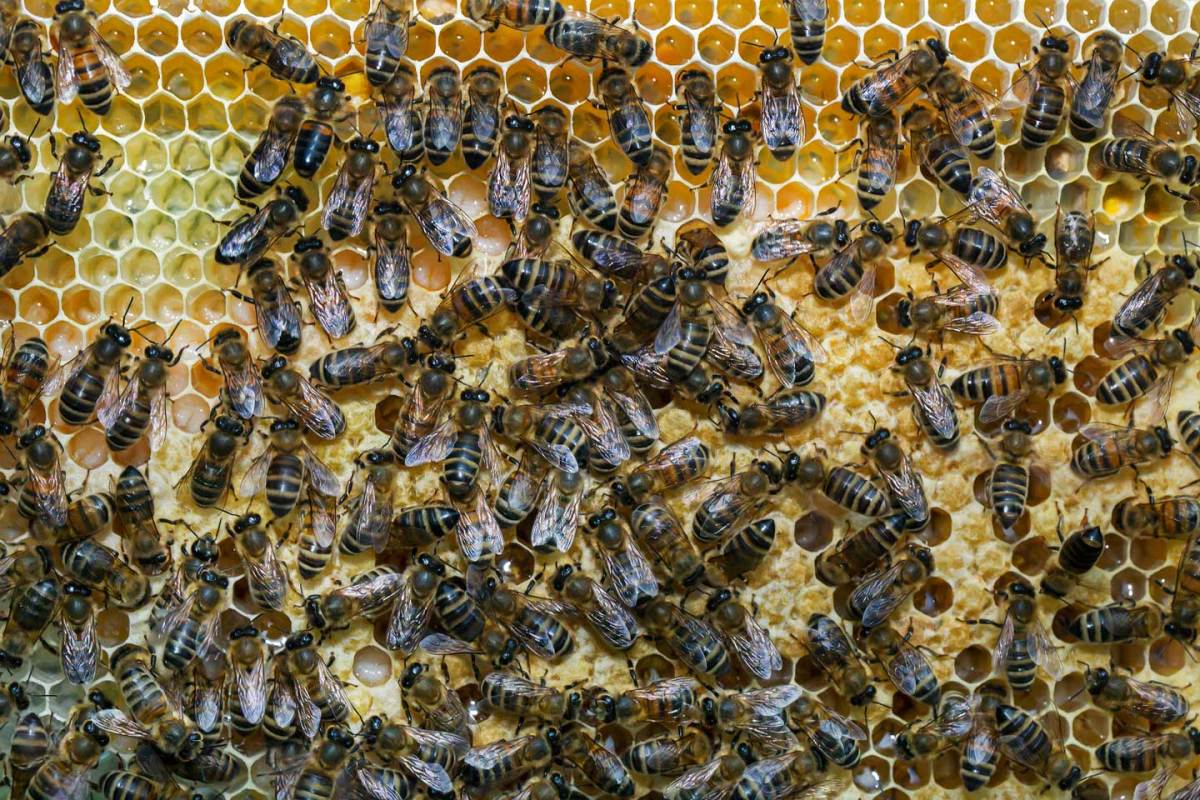Hives across America are buzzing with activity.
The number of U.S honey bees have increased since a year ago and deaths from Colony Collapse Disorder, a mysterious ailment, are down, according to a U.S. Department of Agriculture honey bee health survey released Tuesday.
Colony Collapse Disorder, where bees flee their hives and don’t return, has given environmentalists and scientists equal amounts of concern and confusion. In the last two decades, the number of pollinators has decreased by 90 percent. Bloomberg reports some attribute the phenomenon to neonicotinoids, a pesticide.
Still, losses from Colony Collapse Disorder are down 27 percent. As of April 2017, the total honey bee population was tallied at 2.89 million, an increase of 3 percent since last year, the USDA survey says.
According to Bloomberg, the main scourge for American honey bees, a critical component to agricultural production, are parasites called varroa mites. Nearly half of all commercial hives contained mites, which only live in beehives and feed on insect blood.
This article appeared in an InsideHook newsletter. Sign up for free to get more on travel, wellness, style, drinking, and culture.

























